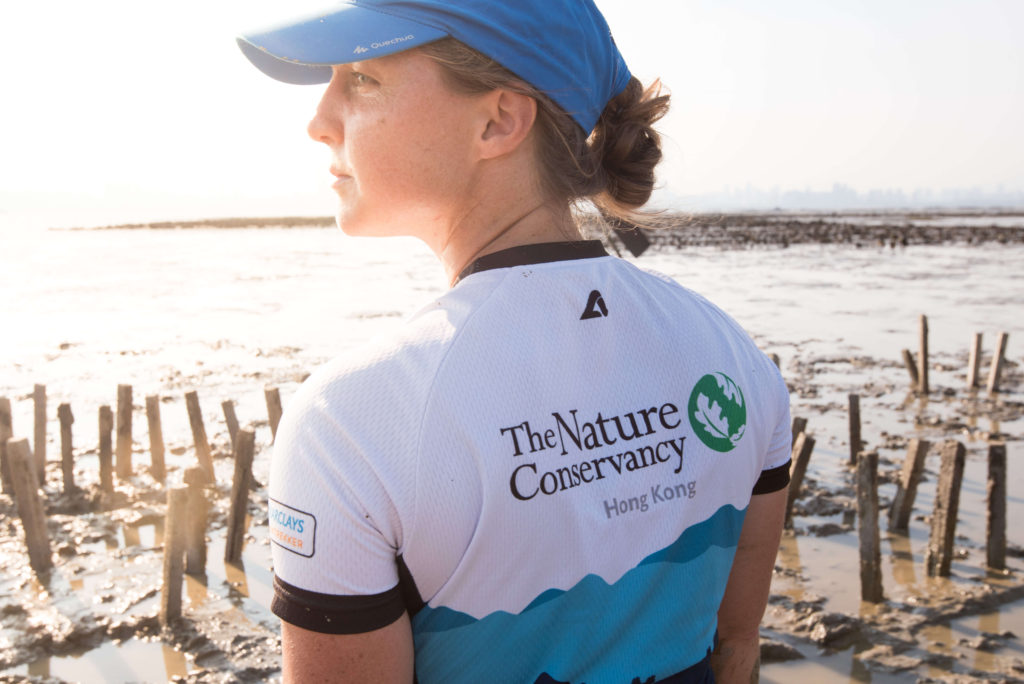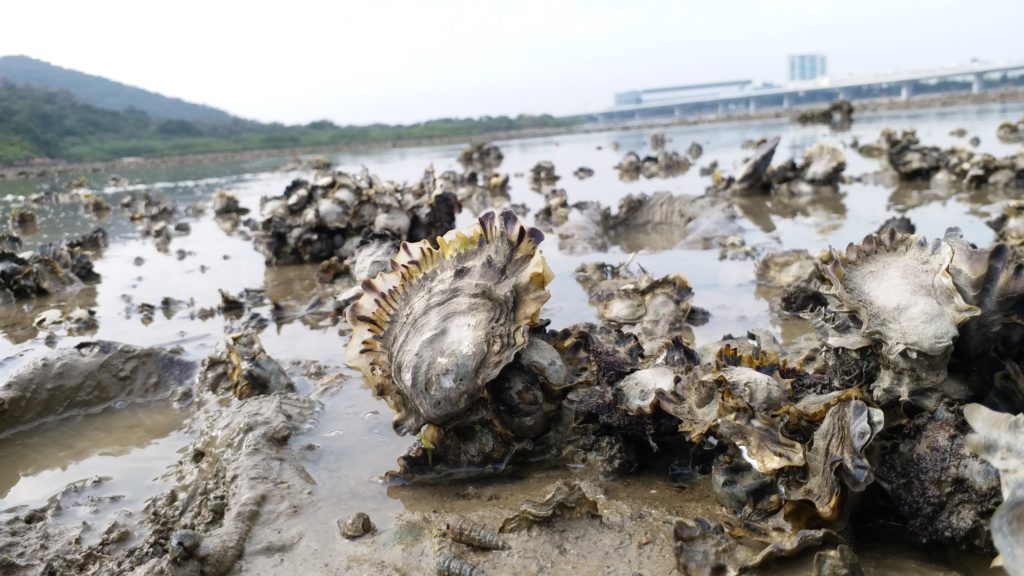Oyster reefs are not just a habitat for marine organisms but also help reduce flooding, erosion and maintain water quality. A project in Hong Kong harbour is restoring the aquatic ecosystems these humble bivalves rely upon, and that’s good news for us all.
Truffle-fried oysters and oyster soup have long been favorites in Hong Kong’s bustling restaurants. Oysters have also been grist to the city’s industrial mill: the process of lime-extraction (which dates back to the Tang dynasty) deriving calcium oxide for use in building, boat caulking and agriculture by burning shells or coral skeleton.
Many believe that these myriad appetites of the city which boasts the highest concentration of ultra high-net-worth individuals in the world have caused the rapid decline of its famed oyster reefs which once stretched across an estimated 1,000 km of coastline in the Pearl River Delta area.
A study conducted by University of Hong Kong’s Swire Institute of Marine Science and environmental organisation The Nature Conservancy has shown the enormous potential lost when we lose our native oyster reefs. An individual oyster can, the 2020 study found, filter up to 30 liters of water per hour and 500 liters per day at summer temperatures (the metabolism of oysters, like all marine invertebrates, increases with temperature).
Oyster reefs also provide shelter for crabs and snails, nursery habitats for juvenile fish and feeding grounds for larger fish. They help in denitrification by removing excess nutrients, help seagrass recovery and reduce the resuspension (erosion) of fine sediment, improving water clarity.

Associate Prof. Bayden Russell, Associate Director at The Swire Institute of Marine Science, the University of Hong Kong and involved in the study, explains, “we’re discovering how abundant and widespread these reefs must have been in the region. The level of impact on them has been surprising.”
The project was a community endeavour, Russell adds. “We deployed a few trial reefs in a couple of places, and that has only been possible because we have been working with the farmers and fishermen.”
The Nature Conservancy has worked on shellfish reef restoration involving local fishing communities in Australia, United States and New Zealand, identifying suitable sites for restoration, creating oyster reef bases and scattering these areas with baby oysters and mussels for the last twenty years, with a typical project costing around US$64,000 for 400m2 of reef. The organisation is also helping struggling oyster farmers impacted by the COVID-19 pandemic (and concomitant drops in restaurant oyster consumption) by purchasing five million surplus oysters to be used to seed native shellfish reefs.

Marine Thomas, Conservation Project Manager at The Nature Conservancy, Hong Kong, says when restoring shellfish reefs it is important to understand what is left, how healthy it is and whether the reef is still reproducing in the water. Reef restoration projects such as this are therefore not possible in every context. Oysters, importantly, need something hard to settle on (substrate), even if it is a limestone rock or other oyster shell, to attach to and keep growing. “This then guides us with the kind of restoration method we need to apply,” she says. “In Hong Kong, which has plentiful shellfish larvae, we can undertake restoration wherever we find suitable substrates.”
A mature reef takes five years to grow; however a trial reef, established under a fish farm in Hong Kong’s Tolo Harbour in 2019, has been colonised by a variety of sea life, including crabs and sea urchins (which are not typically found in the region). In other locations where The Nature Conservancy operates, restored shellfish beds have helped reduce flooding and improve coastal water quality. And that’s good news for our environment, as well as Hong Kongers’ dinner plates.
Author: Bindu Gopal Rao, The India Story Agency for Sacred Groves
Images Credit: 1. Kyle Obermann, all others The Nature Conservancy
Did you enjoy this article?
Share with friends to inspire positive action.








